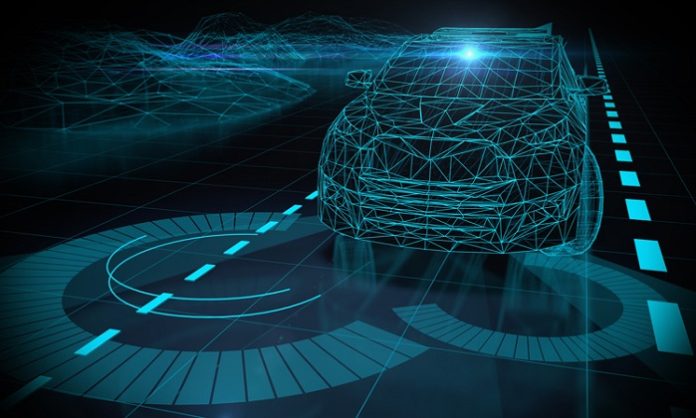Changing the future of self-driving from exciting science fiction to thrilling reality is the goal of most electric vehicles (EVs) manufacturers today. Large manufacturers like General Motors (GM) strongly believe that advancements related to self-driving cars should also include EVs.
Here, we look into how electric vehicles are using automation technology, and how this development is improving the way the public views electric vehicles today.
Automated vehicles today
Hands-off driving or autonomous vehicles have always been a mysterious part of the future of technology. Do people need to be aware of what the vehicle is doing or can they sit back and enjoy the ride? According to JDPower, there are no fully autonomous cars on the road in the U.S. yet. The Society of Automotive Engineers (SAE) set a standard for ranking a vehicle’s automation level to inform how drivers should handle their cars.
Here is a quick breakdown of that standard:
- Level 0 means a driver is in complete control of the vehicle at all times but the vehicle may have moments of automation and alerts like emergency braking.
- Level 1 needs a driver to guide the vehicle but has another level of hands-off driving, such as some steering or brake or acceleration support, like adaptive cruise control.
- Level 2 is very similar to level 1 but includes both steering and break and acceleration support, like lane centering and adaptive cruise control.
- Level 3 means that even though you may be in the driver’s seat, you are not driving during automated functions. This level may require a driver to take over when requested. The person behind the wheel can only self-drive under certain conditions.
- Level 4 includes level-three automation but will not prompt the driver to step in. Such a vehicle may or may not be built with pedals or a steering wheel. However, this level will not operate in severe weather.
- Level 5 is a fully automated vehicle and can handle driving in any condition. The only human interaction needed at this level would be to set the destination.
As of September 2021, there are no vehicles available at levels three to five.
How EVs are stepping up
The hands-off vehicle technology growths are aligned with the advancements of EVs. Worldwide, about 1.35 million people die in vehicle-related accidents each year, according to the CDC. Manufacturers are trying to find solutions to this serious issue.
With more EV sales being backed by businesses like GM and countries pushing to cut emissions by 2035, there are continued technology advancements happening around the world.
Ambarella, an AI business headquartered in California, found a host of reasons why AV and EVs are developing hand-in-hand. A few salient factors include large fleet management organizations trying to cut down on the costs per mile. Another reason is the simple support of each other’s weaknesses such that AVs have the capability to help EVs drive more efficiently, therefore, supporting their need for a better driving range.








